

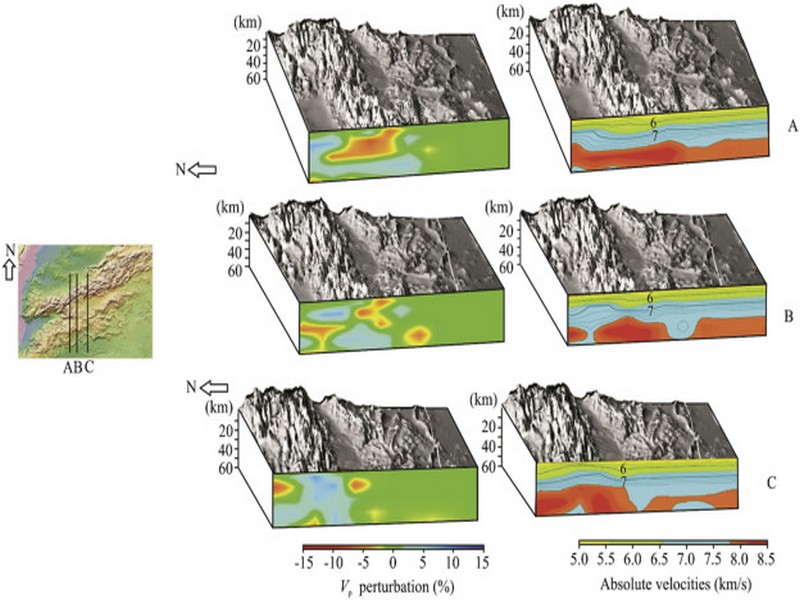
CENTRAL ANTI-ATLAS TRAVERSE: the northern border of the West African Craton
By DR. M. OUKASSOU, DR. H. EL HADI, DR. F. HAISSEN, DR. N. SABER
ITINERARY and OBJECTIVES
The south of Morocco is one of the most attractive touristic areas with diversified landscapes from snowy mountains to desert plains. The High Atlas with his 3000 to 4000 meters forms a major climatic barrier to the Atlantic perturbations, which account for the arid climate of the Anti Atlas sub Saharan domain south of the chain. These regions are occupied by berbere speaking populations with long hospitality tradition.
The two day trips follow most touristic roads and visit outstanding outcrops illustrating a central transect across the Anti-Atlas belt (figures G1 & G2), which corresponds to the external fold belt of the Hercynian (Variscan, Alleghanian) chain, but it also includes large Pan African inliers. The High Atlas formed during the Cenozoic at the expense of an aborted Triassic Jurassic rift. Therefore, three superimposed Wilsonian cycles can be illustrated during the trips. The itinerary will make possible to illustrate the complex geological history of these areas from 2 Ga to present day. Our purpose is to present and discuss various regional and thematic (sediment logical, structural, magmatic and
metamorphic) features, which record the main geodynamical events during this long geological history. Magnificent minerals (erhytrite, vanadinite...) and fossils (trilobites, goniatites...) can be purchased at many places.
During this field trip, the AgdzBou Azzer Tazenakht Agdzloop (figureG3)allows the participants to discover the PanAfrican belt (external platform domain in the Zenaga inlier, ophiolitic suture zone at Bou Azzer), the early volcano clastic cover sequence (late Neoproterozoic), and the mildly folded Early Paleozoic sediments (Cambrian and Ordovician).
Detailed road log for the trip are provided below along with Global Positioning Satellite (GPS) location at each stop. Note that all the stops are on public roads, and that the use of hammers and the collection of rocks are permitted.
Source web: DR. M. OUKASSOU, DR. H. EL HADI, DR. F. HAISSEN, DR. N. SABER sociedadgeologica.es
Les articles en relation
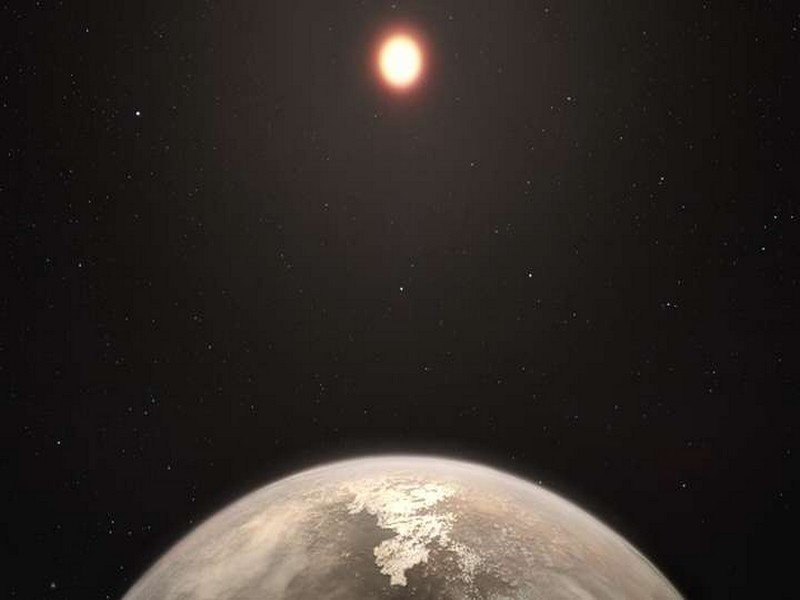
Ross 128 b : cette planète proche pourrait héberger la vie
Ross 128 b : cette planète proche pourrait héberger la vie Découverte au cours de l'automne 2017, Ross 128 b serait, selon toute vraisemblance, une exoplanète rocheuse. La deuxième plus proche d
Savoir plus...
Le destin des hommes (1). Nomadisme, sédentarité, ubiquité
Le destin des hommes (1). Nomadisme, sédentarité, ubiquité La planète Terre a 4 500 millions d’années (4,5 milliards) et l’humanité (les hominidés) environ 7 millions d&rsq
Savoir plus...
Les 31 chiroptères du Royaume
L’ordre des chiroptères regroupe des mammifères volants, communément appelés chauves-souris, «Tair el Lile» ou «Ouatouate» en Arabe. « Au Maroc, il en existe u
Savoir plus...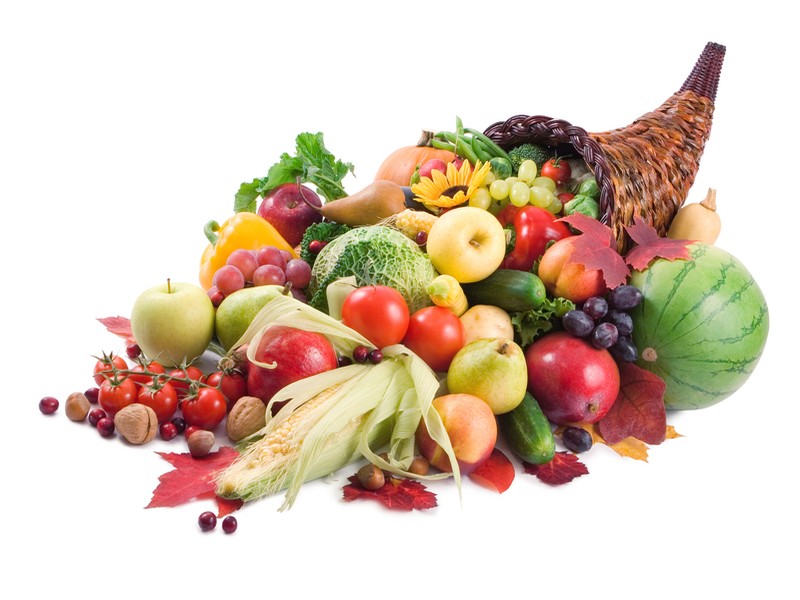
Le Roi de tous les Antioxydants
Le Roi de tous les Antioxydants Nous avons tous entendu parler des antioxydants, mais connaissons-nous le roi de tous les antioxydants ? Celui qui est le secret pour éviter le cancer, les maladies cardiaques, le vieillissement
Savoir plus...
Bien-être et santé par la nature
Bien-être et santé par la nature Arbres, fleurs, soleil nous entourent au quotidien mais nous n'imaginons pas à quel point ils jouent un rôle dans notre vie. Humeur, comportement, émotions d&eacut
Savoir plus...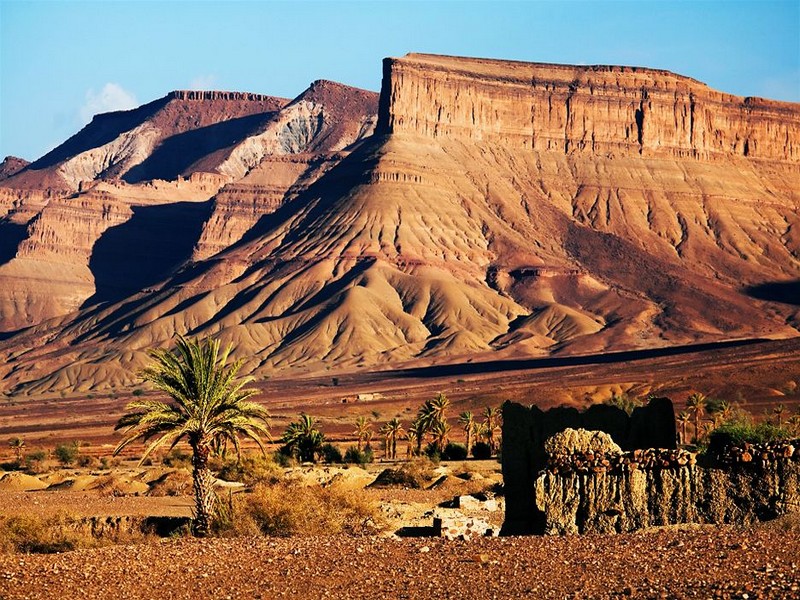
Rififi autour du géopark de Jbel Bani
Rififi autour du géopark de Jbel Bani Alors que le Conseil provincial de Tata a procédé à la création de la Fondation provinciale du Bani Geopark, lors de sa dernière session, l’associa
Savoir plus...
A plate tectonic evolution of the Anti-Atlas on a global scale
A plate tectonic evolution of the Anti-Atlas on a global scale DR.Hervé Rezeau, DR.Cyril Chelle-Michou & DR.Michael Calder SEG Student Chapter of Geneva (Switzerland) &n
Savoir plus...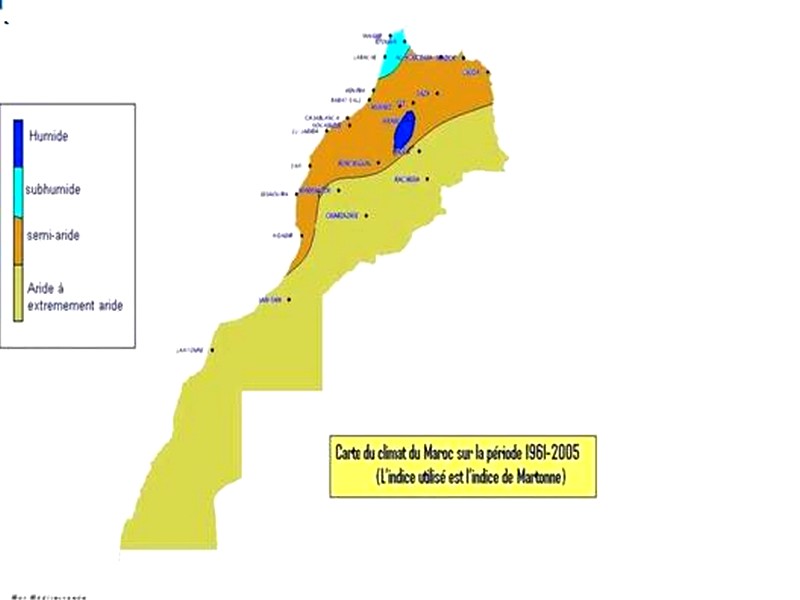
NOTE SUR LES CHANGEMENTS CLIMATIQUES RÉGION DE GUELMIM OUED-NOUN POUR LE PORTAIL DU CENTRE DE COMPÉTENCE CHANGEMENT CLIMATIQUE DU MAROC (4C) (Géoparc Jbel Bani)
NOTE SUR LES CHANGEMENTS CLIMATIQUES RÉGION DE GUELMIM OUED-NOUN POUR LE PORTAIL DU CENTRE DE COMPÉTENCE CHANGEMENT CLIMATIQUE DU MAROC (4C) (Géoparc Jbel Bani) CARACTÉRISATION DE LA RÉGION La r&
Savoir plus...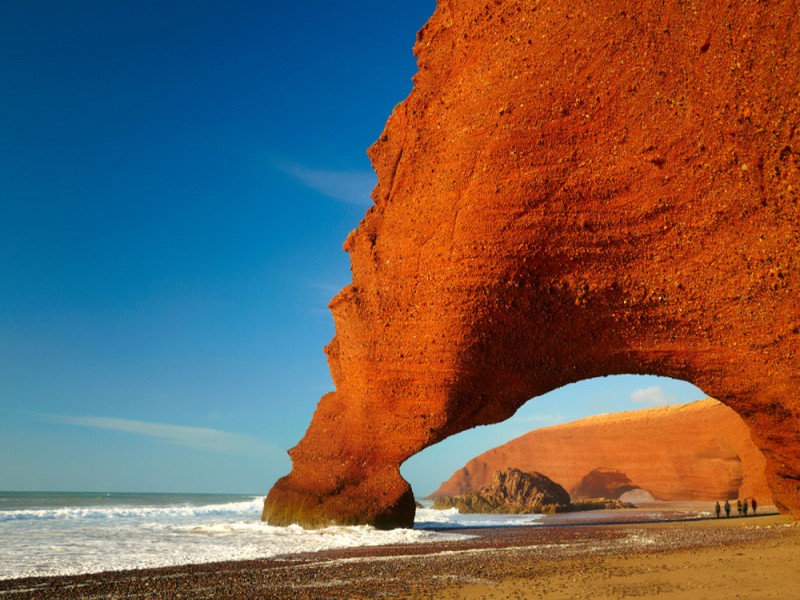
Monument : L’arche de Legzira n’est plus
Monument : L’arche de Legzira n’est plus Alors qu’elle figurait sur toutes les brochures touristiques, l’une des principales arches rocheuses de la plage de Legzira, près de Sidi Ifni, s’est r&eac
Savoir plus...
BIOCLIMATS et MILIEU PHYSIQUE (jbel Lkest )
BIOCLIMATS et MILIEU PHYSIQUE (jbel Lkest ) Caractéristique bioclimatique : - Inframéditeraranéen aride semi-aride tempéré au piémont - Thermoméditeranéen semi-aride. -
Savoir plus...
Visite hier de l’Agadir Inoumar
Visite hier de l’Agadir Inoumar Nous voulions faire découvrir à ma soeur Régine et à Georges un grenier fortifié de l’Anti-Atlas. Celui d’Imchguiguilne étant toujours fer
Savoir plus...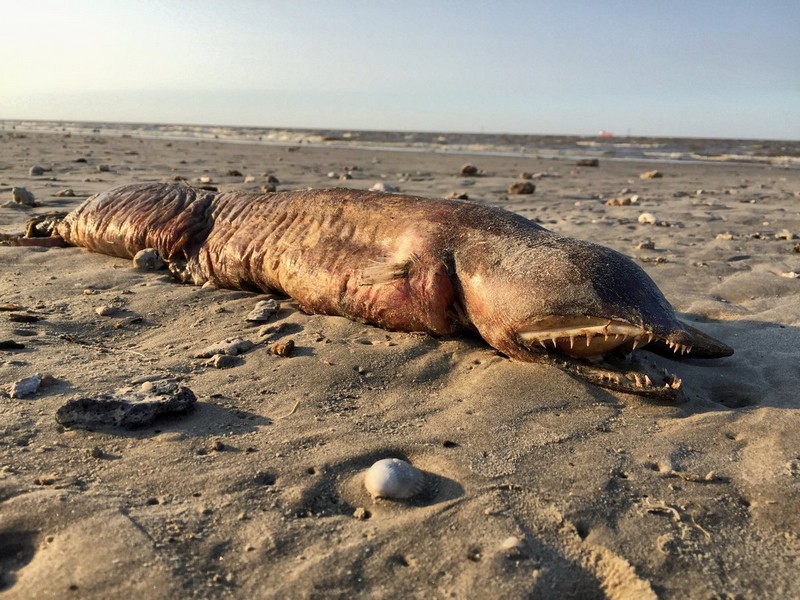
Un monstre marin sans yeux et aux dents en lame de rasoir rejeté par Harvey (photos)
Un monstre marin sans yeux et aux dents en lame de rasoir rejeté par Harvey (photos) Attention! Même des biologistes ont du mal à déterminer ce que c’est. Découvrez cette effrayante cr
Savoir plus...Les tags en relation
En savoir plus sur " Géologie et TSGJB - AMDGJB ! "
Consulter les vidéos de " Géologie et TSGJB - AMDGJB ! " Consulter les photos de " Géologie et TSGJB - AMDGJB ! " Consulter les publications de " Géologie et TSGJB - AMDGJB ! " Consulter les éditions de " Géologie et TSGJB - AMDGJB ! " Consulter les communications de " Géologie et TSGJB - AMDGJB ! "Recherche du site
Recherche avancée / SpécifiqueVulgarisation à la géologie
Qu'est ce que les sciences de la terre: vulgarisation Qu'est ce que la géologie ? Géologie et TSGJB - AMDGJB !
Géoparc et Recherche Scientifique
Le coins de l’étudiant



Blog Géoparc Jbel Bani
Dictionnaire scientifique
Plus de 123.000 mots scientifiques
Les publications
Géo parc Jbel Bani

Circuits & excursions touristiques

cartothéques


Photothéques
Publications & éditions



